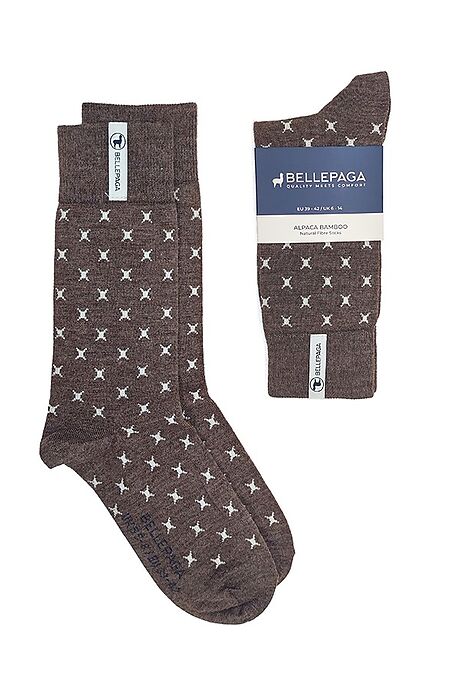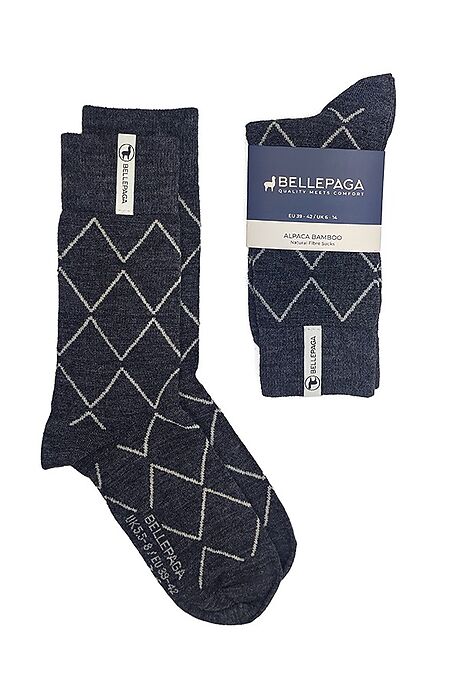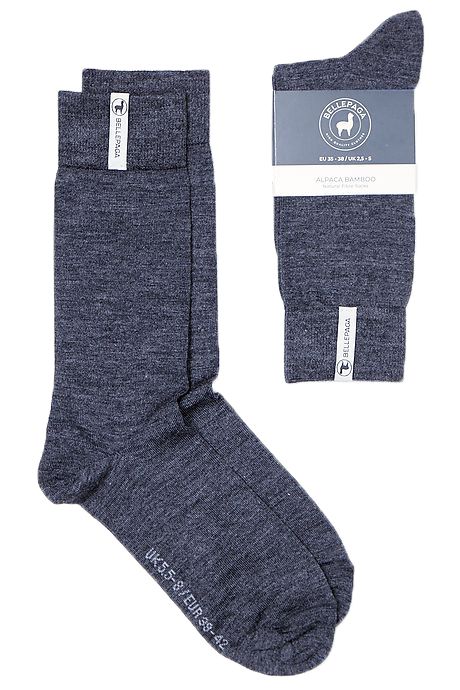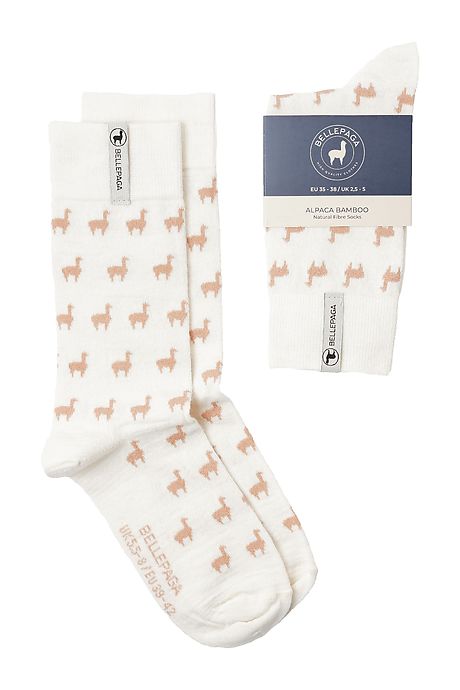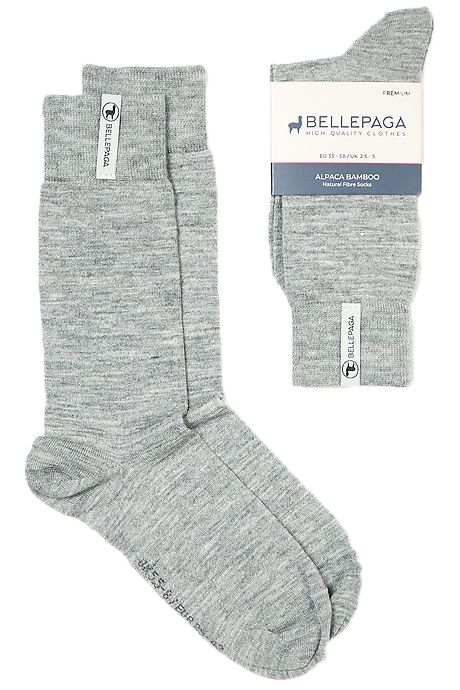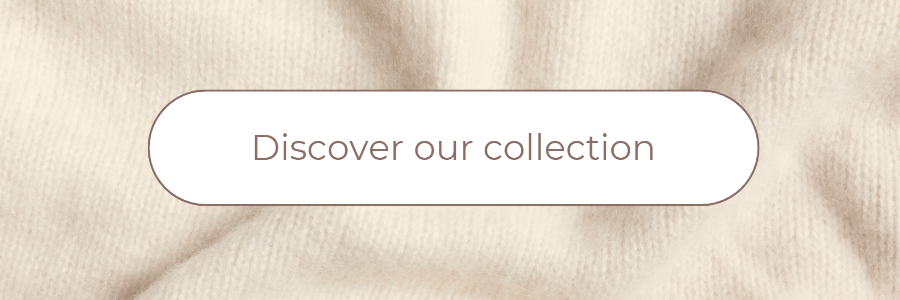
Foot fungus is a common fungal infection affecting the skin of the feet, particularly the spaces between the toes. It is caused by fungi, such as the dermatophyte Trichophyton, which thrive in warm, damp environments, such as shoes or changing rooms. But don't panic! There are a number of treatments, including natural ones, to help stop the development of mycosis. In this article, we'll take a look at treatments with bleach and another with bicarbonate and vinegar. However, it's important to adopt a new approach to hygiene, in particular by choosing thermoregulating socks, i.e. socks that don't make you sweat, and by washing your feet more regularly, especially after spending time in public places.
Origin of athlete's foot
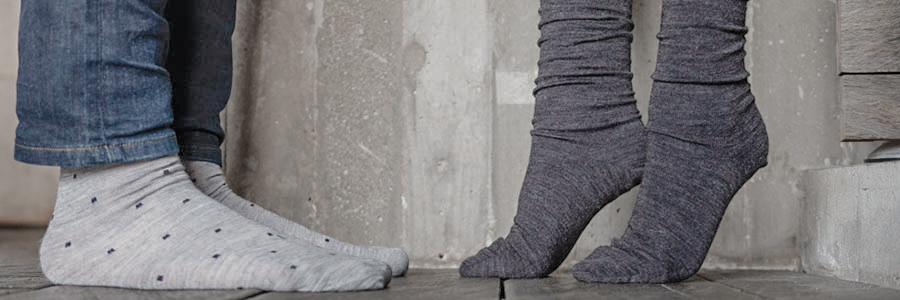
Foot fungus, also known as athlete's foot, is a fungal infection that affects the skin of the feet. It is mainly caused by dermatophytic fungi, such as Trichophyton, Epidermophyton and Microsporum, which thrive in warm, damp, dark environments. These fungi are commonly found in floors, swimming pools, public showers and changing rooms, where they can survive for long periods.
Infection is usually spread by direct contact with contaminated surfaces, or through people who are already infected. The feet, particularly the spaces between the toes, are a breeding ground for fungi due to the humidity and heat that prevail there, creating a favorable environment for their growth.
Certain factors can increase the risk of developing athlete's foot. Poor foot hygiene, such as wearing damp or non-breathable shoes, walking barefoot in public places, and sharing toiletries such as towels or socks, can encourage the transmission of fungi.
People who sweat a lot from their feet, have reduced circulation or a weakened immune system are also more likely to contract athlete's foot. Athletes and people involved in strenuous physical activity, who are often exposed to damp environments and share common spaces, are also more predisposed to this infection.
Athlete's foot can take many forms, including itching, redness, scaling, cracking and blistering. It can also spread to other parts of the body, such as toenails, if not treated quickly and effectively.
In conclusion, athlete's foot is a common infection caused by dermatophyte fungi that thrive in warm, moist environments. By understanding the origins of this infection, it is possible to adopt preventive measures such as good foot hygiene and avoiding exposure to environments conducive to fungal growth.
Treatment with bleach
.png)
There are several effective treatments for these unwanted fungi, including the use of bleach. Bleach, a powerful bleaching agent, can be used safely and effectively to treat athlete's foot.
Before starting any treatment, it's important to confirm that you have athlete's foot by consulting a healthcare professional. Once a diagnosis has been made, the use of bleach can be considered. To do this, you'll need to prepare a foot bath by diluting bleach in lukewarm water. We recommend mixing one part bleach to ten parts water. Make sure you mix the solution well to ensure even distribution of the bleach.
Once the foot bath is ready, you can soak your feet in the solution for around 10 to 15 minutes. Be careful not to exceed this time, as excessive exposure to the bleach can cause skin irritation. During soaking, the bleach penetrates the layers of the skin to eliminate the fungi responsible for mycosis.
After soaking, dry your feet thoroughly with a clean towel. It's essential to keep your feet clean and dry to prevent the infection spreading. You can also apply an antifungal cream to the affected area to help speed up the healing process.
It's important to note that bleach treatment may require several sessions to achieve visible results. It is also advisable to combine this treatment with other preventive measures, such as wearing breathable shoes, changing socks regularly and using talcum powder to keep feet dry.
It's worth mentioning that while bleach can be effective in treating athlete's foot, it can also cause irritation in some people. If you experience redness, itching or any other adverse reaction, it's essential to stop treatment immediately and consult a healthcare professional.
In conclusion, bleach treatment can be an effective option for curing athlete's foot. However, it's iméportant to use it with care and follow the appropriate instructions. If symptoms persist or worsen, it is always advisable to consult a healthcare professional for medical advice.
Treatment with baking soda and vinegar
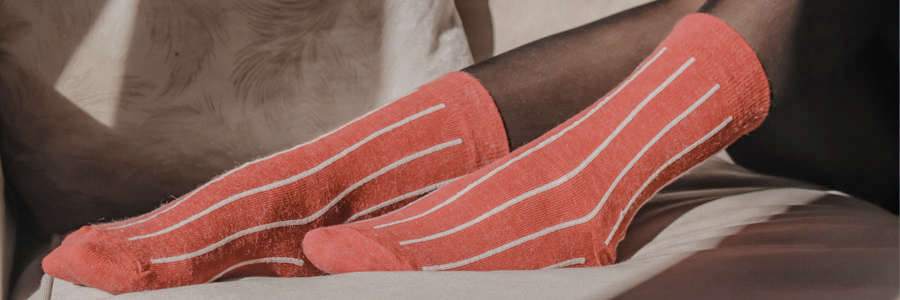
Foot fungus can also be effectively treated with baking soda and vinegar. These two ingredients have antifungal properties that help eliminate the fungi responsible for the infection.
To start the treatment, you can prepare a foot bath by mixing warm water with baking soda. Baking soda has alkaline properties that help balance the skin's pH and create a hostile environment for fungi. Add about two tablespoons of baking soda to a basin of warm water and stir well to dissolve the baking soda.
Soak your feet in the mixture for around 15-20 minutes. The baking soda will help reduce itching, soothe irritation and kill fungus on the skin.
After soaking, you can move on to the next step using vinegar. Vinegar, particularly apple cider vinegar, is renowned for its antifungal and antibacterial properties. It helps to eliminate fungi and prevent their spread.
In a new basin of lukewarm water, add an equal amount of apple cider vinegar and water, and soak your feet again in this mixture for about 15 minutes. The vinegar will help kill fungus and restore the skin's pH balance.
After the vinegar treatment, dry your feet thoroughly with a clean towel. It's essential to keep your feet clean and dry to prevent re-infection. You can also apply an antifungal cream to the affected area to help speed up the healing process.
It's important to note that the baking soda and vinegar treatment may take some time to show significant results. You may need to repeat these steps daily for several weeks before seeing any improvement. In addition, if you experience irritation or adverse reactions during treatment, it's advisable to stop immediately and consult a healthcare professional.
In conclusion, treatment with baking soda and vinegar can be a natural and effective option for curing athlete's foot. However, it's important to remain patient and persevere in using these remedies. If symptoms persist or worsen, it's always advisable to consult a healthcare professional for medical advice.
The preventive tip: alpaca wool

Preventing athlete's foot is essential to maintaining good health and avoiding the discomfort associated with this fungal infection. One notable prevention method is the use of
alpaca wool socks.
Alpaca wool is a thermo-regulating wool, which means it helps maintain a comfortable temperature for the feet, avoiding excess perspiration that can encourage the development of fungi responsible for mycosis.
Alpaca wool is known for its ability to naturally regulate temperature. It has hollow fibers that act as a thermal insulator, helping to keep feet warm in cold weather and cool in hot. This helps prevent excessive perspiration and maintain balanced humidity, making the environment less conducive to fungus growth.
Alpaca wool is also naturally antibacterial and antimicrobial. It don't contains a substance called lanolin, so it keeps the natural antimicrobial properties, helping to prevent the proliferation of bacteria and fungi. This reduces the risk of fungal infection and keeps feet fresh and hygienic.
The use of alpaca wool socks is therefore an interesting preventive measure to avoid athlete's foot. These socks should be worn regularly, especially during physical activity, long periods of walking or in damp environments.
Conclusion
In conclusion, foot fungus can be cured with natural treatments such as bleach, bicarbonate and apple vinegar, which disintegrate the fungus. In addition, and for the future, it's important to note that the use of alpaca wool socks contributes to the prevention of athlete's foot. Thanks to its thermoregulatory and antimicrobial properties, alpaca wool helps maintain a balanced temperature and humidity, reducing the risk of excessive perspiration and the development of fungi responsible for mycosis. By adopting this preventive measure and maintaining proper foot hygiene, you can significantly reduce the risk of contracting athlete's foot.



.png)


